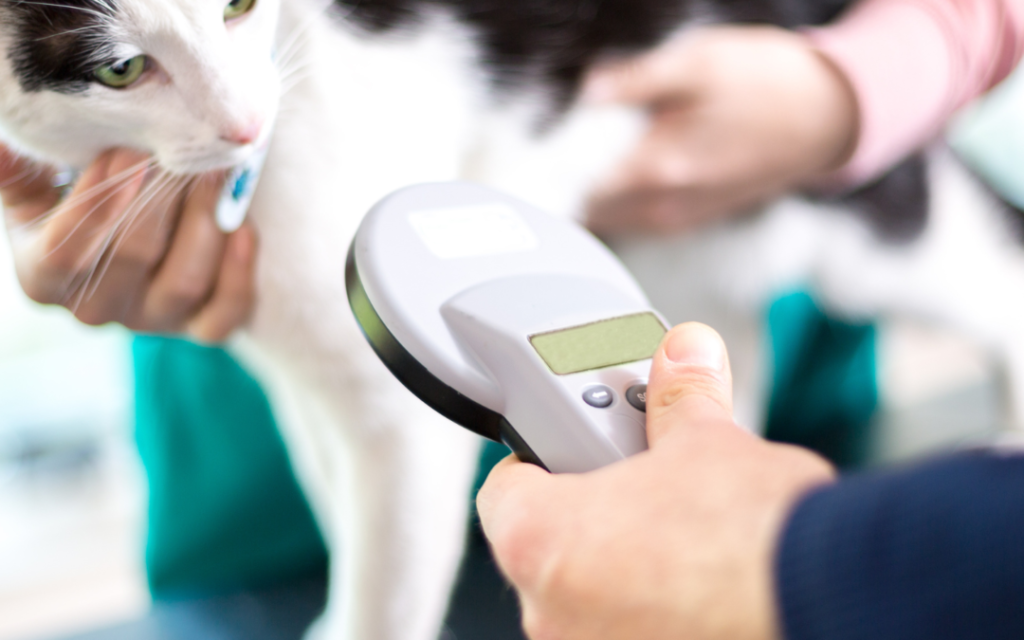Microchipping is one of the most effective and reliable ways to ensure your pet’s safety and identification. It provides a permanent form of identification that can help reunite lost pets with their owners. While the process is simple and quick, following proper microchipping guidelines is crucial to ensure accuracy, effectiveness, and compliance with local regulations.
Understanding What a Microchip Is
A microchip is a tiny electronic device, about the size of a grain of rice, that is inserted under your pet’s skin, typically between the shoulder blades. It contains a unique identification number that can be read by a specialized scanner. This number is linked to your contact information in a national or international pet database. When a lost pet is found and scanned at a veterinary clinic or animal shelter, the microchip ID helps locate the rightful owner.
Guidelines Before Microchipping
Before microchipping your pet, consult a licensed veterinarian. They can verify your pet’s health condition and ensure it is safe to implant the chip. Puppies and kittens can generally be microchipped as early as eight weeks old, though age requirements may vary depending on local laws. Always choose a reputable and ISO-compliant microchip brand to ensure global compatibility.
Proper Implantation Procedure
Microchipping should always be done by a qualified professional, such as a veterinarian or trained technician. The procedure involves injecting the microchip using a sterile needle under the pet’s skin. It is quick and causes minimal discomfort—similar to a routine vaccination. After implantation, the vet should scan the chip to confirm it is working correctly and verify that it matches the registered identification number.
Registering the Microchip
A common mistake many pet owners make is forgetting to register the microchip. Implantation alone is not enough—registration links the chip ID to your contact details. You’ll need to complete the registration process with a recognized database, such as those used by veterinarians, shelters, or government agencies. Include your full name, address, phone number, and an alternate contact in case you are unreachable.
Keeping Information Updated
To maintain the effectiveness of microchipping, it is essential to keep your registration details current. Whenever you move, change your phone number, or transfer ownership of your pet, update the database immediately. Outdated information can delay or prevent reunification if your pet gets lost.
Scanning and Regular Checks
Veterinarians recommend scanning your pet’s microchip at every annual check-up to ensure it remains in place and functional. Although rare, microchips can migrate slightly under the skin, so confirming its position regularly helps avoid future issues.
Legal and Ethical Considerations
In many countries, microchipping is now a legal requirement for dogs and, increasingly, for cats. Compliance helps reduce the number of unidentified stray animals and ensures accountability for pet ownership. Ethically, it is also a responsible step in providing lifelong protection for your companion.
Microchipping is a small investment with a huge payoff—it can make the difference between losing a beloved pet forever or bringing them safely home. By following proper microchipping guidelines—choosing a reputable provider, registering promptly, and keeping information up to date—you ensure your pet’s identification remains secure and effective for life.
Understanding Pet Microchipping Guidelines: Ensuring Safe Identification of Dogs and Cats
